Axel
TPF Noob!
I have just loaded my camera with a Tri-X 400 film. Is that going to be easier to shoot good pctures with than an Neopan 1600? What should I take into consideration when shooting?
Please see my pics from a 1600 film here!
Also, I have a UV filter on my lens, should I leave it on when shooting or is it better to take it off given the fact that it is B&W?
Thank you
PS. I don't develop the film myself, but have to rely on teh C.41 places around the corner... :?
Please see my pics from a 1600 film here!
Also, I have a UV filter on my lens, should I leave it on when shooting or is it better to take it off given the fact that it is B&W?
Thank you
PS. I don't develop the film myself, but have to rely on teh C.41 places around the corner... :?



![[No title]](/data/xfmg/thumbnail/31/31011-439c1242fe08cf6b54f32bf06523a567.jpg?1619734567)
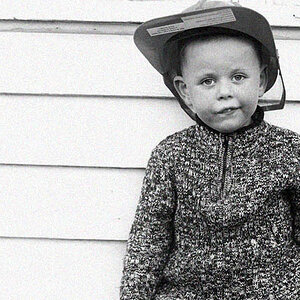
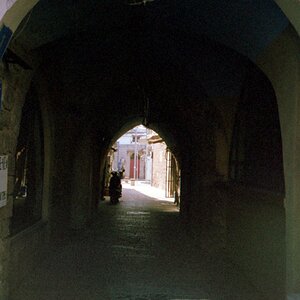
![[No title]](/data/xfmg/thumbnail/32/32179-99b00fe3df8a5ed7303ced76980128fd.jpg?1619735235)
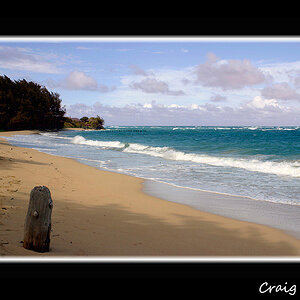
![[No title]](/data/xfmg/thumbnail/37/37624-7f9c9a5c8c7bcb5e62f67313e2e48dbc.jpg?1619738153)
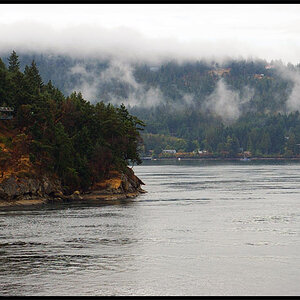
![[No title]](/data/xfmg/thumbnail/37/37626-4a6ffc3f17ab3a8e97170fda3276640e.jpg?1619738154)
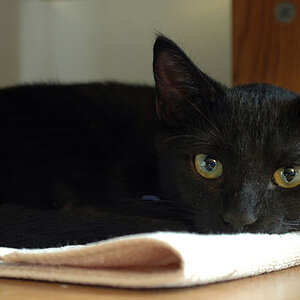
![[No title]](/data/xfmg/thumbnail/32/32177-3a3d923fa1584c6ef7d6602aaa24fbc6.jpg?1619735235)
![[No title]](/data/xfmg/thumbnail/33/33449-978bff23ad40c63da778b7e59d54f546.jpg?1619735974)